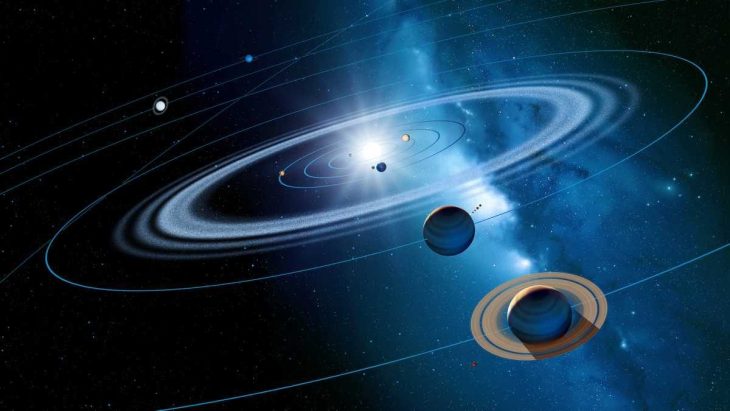The search for an Earth-like planet has taken astronomers not just behind our solar system, but also behind the Milky Way Galaxy and a new planet has raised expectations. Astronomers have discovered a Super-Earth located in the habitable zone of its Red Dwarf star.
The only problem is that this planet keeps moving in and out of its habitable zone. However, it still offers hopes of retaining water on its surface and could be an important target for future observation as the James Webb Space Telescope begins science operations.
Ross 508 b was discovered by the Subaru Strategic Program using the infrared spectrograph (IRD) on the Subaru Telescope (IRD-SSP). The discovery is the result of a new focus being put on red dwarf stars which comprise three-quarters of the stars in our galaxy and exist in large numbers in the vicinity of our Solar System.
Living through habitable zone
The habitable zone is described as the distance from a star at which liquid water could exist on orbiting planets’ surfaces. Also known as the Goldilocks zones, where conditions might be just apt for life to flourish, meaning it will be neither too hot nor too cold. Ross 508 b, moves through this Goldilocks zone in its orbit around the star.
The planet is located about 37 light-years away from the Earth, around the star which is one-fifth the mass of the Sun. The planet itself is four times the mass of Earth and the average distance from its central star is 0.05 times the Earth-Sun distance, and it is at the inner edge of the habitable zone.
Researchers maintain that although red dwarfs are important targets for studying life in the Universe, they are difficult to observe because they are too faint in visible light. These stars have low surface temperatures of less than 4000 degrees. The only other star with a habitable planet discovered so far is Proxima Centauri b.
Researchers said that the planet is likely to have an elliptical orbit, in which case it would cross into the habitable zone with an orbital period of about 11 days. “While the current telescopes cannot directly image the planet due to its closeness to the central star. In the future, it will be one of the targets of life searches by 30-meter class telescopes,” the team said in a statement.
“It has been 14 years since the start of IRD’s development. We have continued our development and research with the hope of finding a planet exactly like Ross 508 b. We are committed to making new discoveries,” Professor Bun’ei Sato, the principal investigator of IRD-SSP said.






